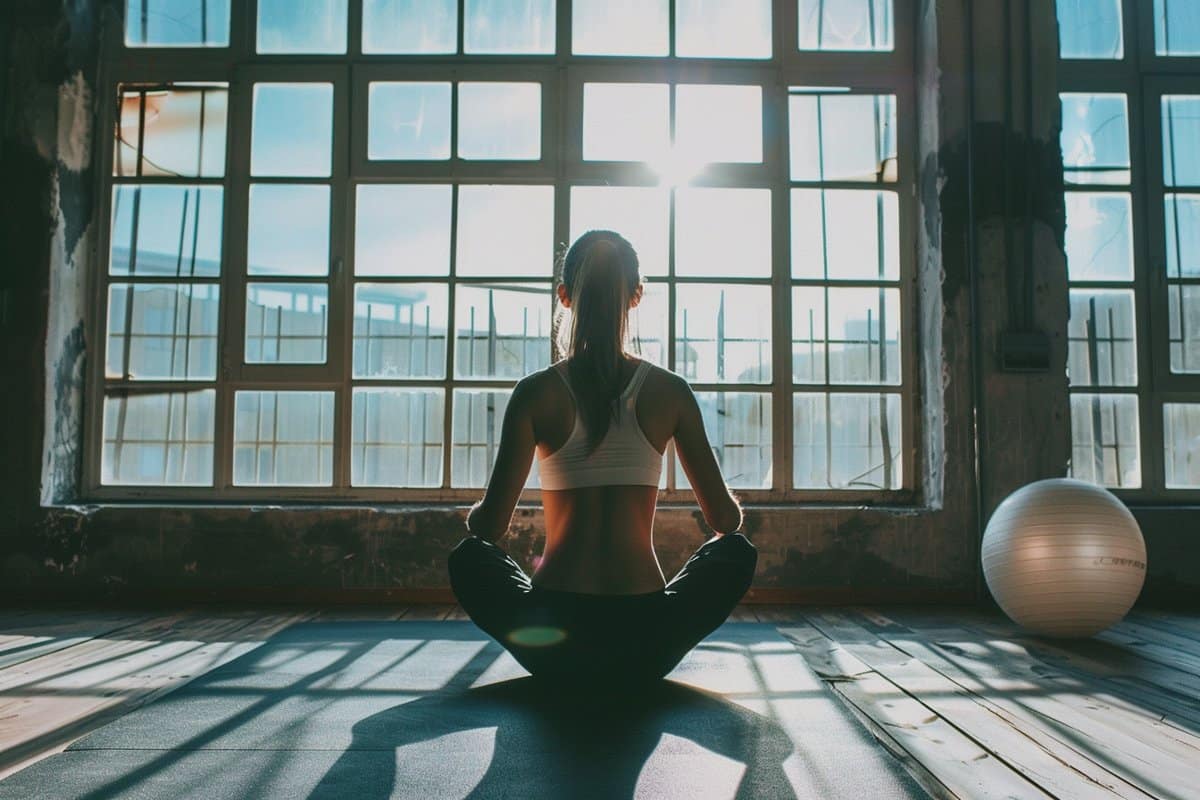Summary: A new study reveals a strong link between daytime physical activity and improved sleep quality among both children and adults. Analyzing the daily routines of over 2500 participants, the research highlights how higher levels of moderate to vigorous physical activity correlate with fewer sleep disturbances, less daytime tiredness, and overall better sleep quality.
Unlike common sleep improvement tactics that focus on pre-bedtime routines, this study emphasizes the integral role of daytime activities, especially exercise, in enhancing sleep. The findings suggest that incorporating more physical activity into our daily lives could be a simple yet effective strategy for achieving better sleep and, by extension, improving overall health and wellbeing.
Key Facts:
- Physical Activity Boosts Sleep Quality: Both children and adults who engage in higher levels of physical activity experience better sleep outcomes.
- Daytime Decisions Affect Nighttime Rest: The study underscores the impact of daytime activities on sleep, challenging the common focus on pre-bedtime routines for sleep improvement.
- Exercise as a Simple Solution for Sleep Issues: Encouraging more vigorous daily activity could be an accessible and effective approach to combating sleep problems and enhancing health.
Source: University of South Australia
Early riser or night owl, everyone appreciates a good night’s sleep. But despite the best of intentions, quality sleep can elude us, sometimes to the point where it can contribute to serious health issues.
Now, a world first study from the University of South Australia shows that getting a good night’s sleep is tied to how you structure your day, with exercise at the heart of sleep quality.
The study examined different components of time use and different aspects of sleep among 1168 children (average age 12 years) and 1360 adults (their parents, average age 44 years, mainly mothers) the study found that children and adults with higher levels of moderate to vigorous physical activity had less troubled sleep, reduced tiredness, and better sleep quality.
Australian guidelines indicate that most adults need about eight hours of sleep per night, with children and teenagers requiring 8-11 hours per night.*
UniSA researcher, Dr Lisa Matricciani, says understanding factors that affect sleep quality is vital for good health and wellbeing.
“Despite what we know about sleep, many people still struggle to achieve a good night’s sleep,” Dr Matricciani says.
“When people think about sleep quality, they tend to focus on adjustments immediately before bedtime – for example, avoiding screens, not eating too much, and avoiding alcohol – but our research looks beyond this to the range of activities we undertake during the day.
“What we found is that our daytime activities are tied to different aspects of our sleep, from sleep quality, sleep efficiency (how much of the time you spend in bed when you are actually asleep), and the overall amount of sleep we get, to levels of tiredness during the day, and when we choose to go to bed.
“Sometimes, the activities we choose might directly displace sleep – think of kids playing video games late into the night – but other times, it’s how we spend our daytime hours.
“In this study we created different simulations to see how extending and restricting aspects of time were related to different aspects of sleep.
“We found that if children and adults increased moderate to vigorous physical activity, they would feel less tired, have less troubled sleep and better-quality sleep.
“Interestingly, simply making more time for sleep predicted more restless sleep.
“Everyone wants a good night’s sleep. If it’s simply a matter of being more active during the day, then it may be a relatively achievable goal for most of us.”
About this sleep and exercise research news
Author: Annabel Mansfield
Source: University of South Australia
Contact: Annabel Mansfield – University of South Australia
Image: The image is credited to Neuroscience News
Original Research: Open access.
“Time use and dimensions of healthy sleep: A cross-sectional study of Australian children and adults” by Lisa Matricciani et al. Sleep Health
Abstract
Time use and dimensions of healthy sleep: A cross-sectional study of Australian children and adults
Background
Sleep is increasingly recognized as a multidimensional construct that occurs within the 24-hour day. Despite advances in our understanding, studies continue to consider the relationship between sleep, sedentary time and physical activity separately, and not as part of the 24-hour day.
Aims
To determine the association between the 24-hour activity composition and dimensions of healthy sleep.
Methods
This study examined data on 1168 children (mean age 12 years; 49% female) and 1360 adults (mean age 44 years; 87% female) collected as part of the Child Health CheckPoint study. Participants were asked to wear a GENEActiv monitor (Activinsights, Cambs, UK) on their nondominant wrist for eight consecutive days to measure 24-hour time-use. Compositional data analysis was used to examine the association between time use (actigraphy-derived sleep duration, sedentary time, light physical activity and moderate-vigorous physical activity) and dimensions of healthy sleep. Healthy sleep was conceptualized in terms of continuity/efficiency, timing, alertness/sleepiness, satisfaction/quality, and regularity. Time allocations were also examined.
Results
The 24-hour activity composition was significantly associated with all objectively measured and self-report dimensions of healthy sleep in both children and adults. Allocating more time to sleep was associated with earlier sleep onsets, later sleep offsets, less efficient and more consistent sleep patterns for both children and adults.
Conclusion
This study highlights the integral relationship between daily activities and dimensions of sleep. Considering sleep within the 24-hour day activity composition framework may help inform lifestyle decisions to improve sleep health.

Sarah Carter is a health and wellness expert residing in the UK. With a background in healthcare, she offers evidence-based advice on fitness, nutrition, and mental well-being, promoting healthier living for readers.








